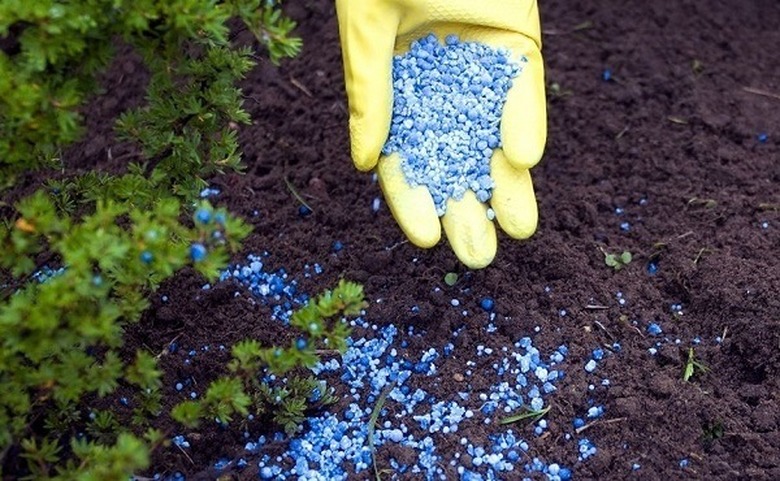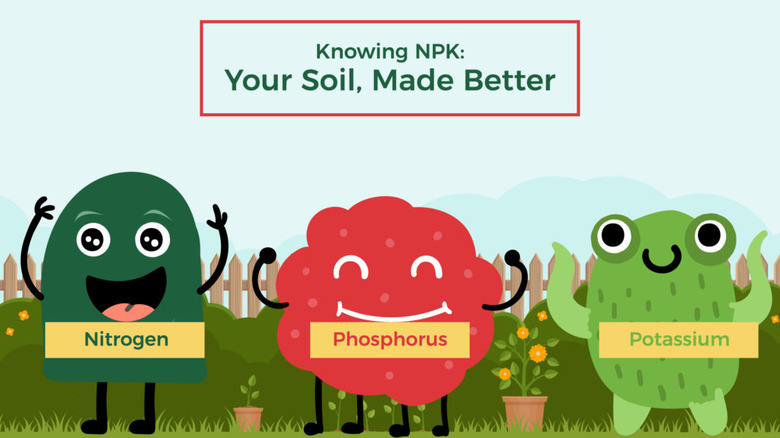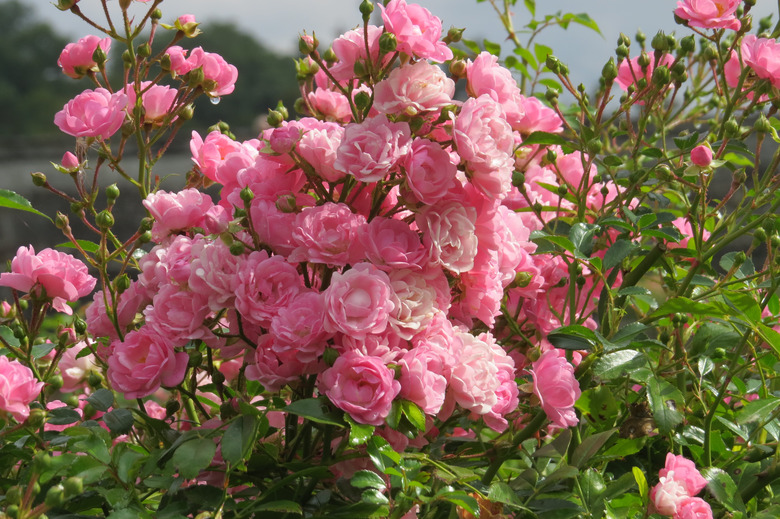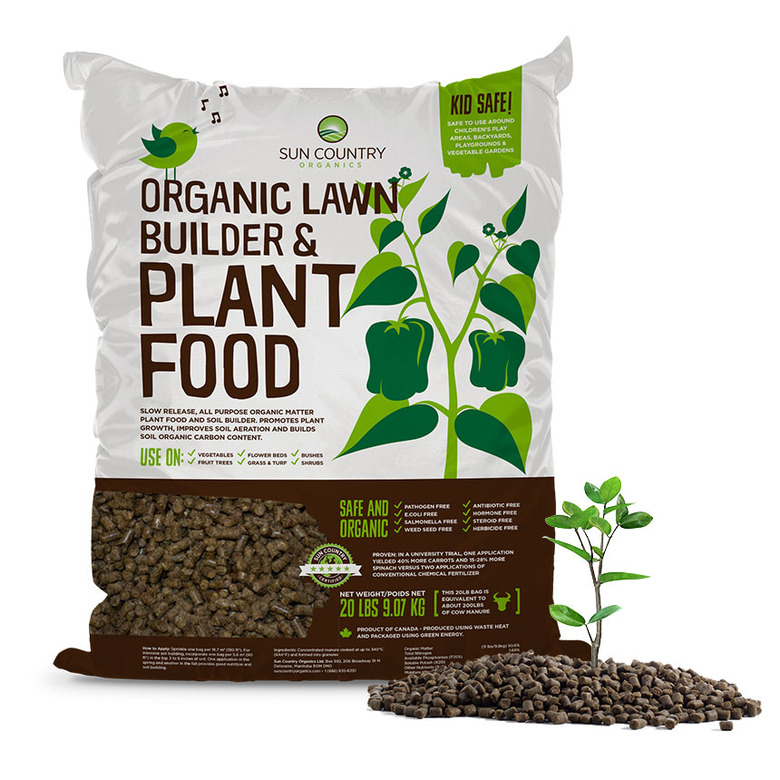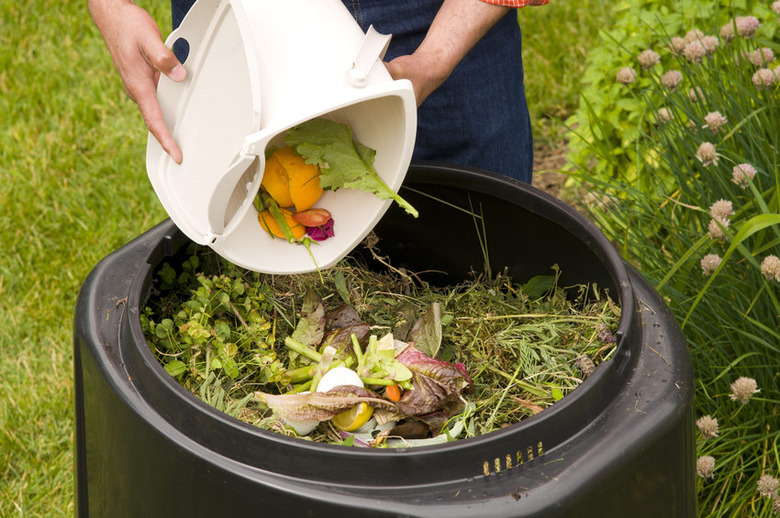All About Fertilizers
We may receive a commission on purchases made from links.
If you want your garden to thrive, you almost always need to add fertilizer of some kind, because most soil is deficient in certain nutrients. The type of fertilizer you choose will vary, however, because plants vary in their nutritional needs. And how fertilizers are utilized is affected by soil composition—which also varies according to a number of factors, not the least of which is what plants have been growing in it.
In addition to selecting the nutritional elements included in the fertilizer, you have a number of basic choices when you make your selection. You can choose an organic fertilizer or a synthetic one, and you can also choose whether to make the nutrients available immediately or on a time-release basis. Most fertilizers you choose will provide the same three major nutrients: nitrogen, phosphorous and potassium, but at different ratios, depending on the product. These three elements are known as the macronutrients, and in addition, most fertilizers include a number of micronutrients present in much smaller amounts.
If the soil is seriously deficient in essential nutrients, you can amend it by adding compost or compost tea. The main difference between compost and fertilizer is that compost feeds the soil and renders it capable of generating the nutrients necessary for a healthy garden, whereas fertilizer feeds the plants directly. In other words, fertilizer is a quicker fix. It's important to follow the instructions for adding fertilizer, because it's definitely possible to overdo it, and your plants will suffer if that happens.
What Makes a Good Fertilizer?
What Makes a Good Fertilizer?
The letter N, P and K are the chemical symbols for the elements nitrogen, phosphorous and potassium, respectively. Every bag of fertilizer specifies its N-P-K ratio as a series of three numbers separated by dashes, and each number specifies the percentage of that nutrient in the mixture. For example, a 25-4-2 mixture contains 25 percent nitrogen, 4 percent phosphorous and 2 percent potassium.
How do you know which mixture is right for your garden? First, conduct a soil testto determine the soil composition, then choose a fertilizer that supplies the deficient nutrients based on the needs of the plants in your garden. It helps to know why plants need each of these nutrients.
- Nitrogen: Although it's abundant in the atmosphere, plants can't process nitrogen directly from the air and must instead absorb it from the soil. They need nitrogen to produce proteins for new tissues and foliage, but if they have too much, they may not produce fruit or flowers.
- Phosphorous: Plants need phosphorous for healthy roots, seeds and flowers. This essential nutrient helps facilitate the transfer of energy from one part of the plant to another.
- Potassium: This nutrient makes plants vigorous by helping them manufacture carbohydrates and regulate metabolic processes. It also improves resistance to disease.
Complete and incomplete mixtures: Your garden may not need all three nutrients, and if not, the proper choice is an incomplete fertilizer that supplies only the nutrients you require. For example, a 12-0-0 mixture supplies nitrogen but no phosphorous or potassium. On the other hand, you may be planting a new garden or lawn and need a complete mixture that contains all three elements.
General-purpose and specific mixtures : If you're looking for a complete fertilizer that can supply your garden or lawn with all three nutrients throughout the growing season, you might choose a general-purpose product. It contains equal ratios of all three elements (12-12-12), or it may a little more nitrogen than phosphorous or potassium (12-8-6). Some fertilizers are blended specifically for certain plants. For example, one popular rose fertilizer has an N-P-K mixture of 18-24-16, while a mixture designed for azaleas and rhododentrons is 30-30-10. Still another mixture aimed at lawn turf grasses is 30-0-6.
Tip
Don't always assume that a general-purpose fertilizer is the best for your garden. The soil may already contain sufficient phosphorous and potassium, and an excess of these elements can actually harm some plants. For example, too much nitrogen can stunt growth, and some plants, such as flowering proteas, will wither and die in the presence of excess phosphorous. You should always test the soil before fertilizing. You can buy a test kit online for about $20.
Other trace nutrients: Besides nitrogen, phosphorous and potassium, plants also need trace amounts of three other elements: calcium (Ca), magnesium (Mg) and sulfur. (S). Calcium is a component of cell membranes, magnesium is necessary for photosynthesis, and sulfur is a component of the amino acids that form proteins. Many fertilizers include these elements in small amounts, and you can get them from natural sources. Plants also need very small amounts of other elements, such as boron, copper and iron, but these are usually already present in reasonably healthy soil.
Organic vs. Synthetic Fertilizers
Organic vs. Synthetic Fertilizers
As you might expect, a synthetic fertilizer is one manufactured in a factory from the raw materials specified on its label. It's available to the plants as soon as you introduce it to the soil. But because they are water-soluble, synthetic fertilizers can wash out of the soil and into nearby waterways. These products usually contain petroleum by-products, such as ammonium nitrate, superphosphate or potassium sulfate.
An organic fertilizer, on the other hand, contains material derived from living organisms. It releases its nutrients slowly and stimulates the soil to produce more beneficial nutrients. Examples of organic fertilizers include steer and chicken manure, bone and blood meal, and fish emulsion.
Fall is the best time to introduce organic fertilizers. They can then stimulate the soil over the winter and make nutrients available in the spring. If your plants need more immediate help, you can use an organic-based fertilizer that also contains a small amount of synthetic fertilizer. Such a fertilizer makes nutrients immediately available to plants, while at the same time promoting healthy soil.
Compost vs. Fertilizer
Compost vs. Fertilizer
If you use synthetic fertilizer, you may have to reapply it several times during the growing season because of its tendency to wash out of the soil every time it rains. One way around this is to use a time-release blend or an organic fertilizer. Compost (or compost tea) is the ultimate time-release fertilizer. If applied in the late fall or at the start of the growing season, it slowly combines with the soil and stimulates the production and release of needed nutrients.
Making your own compost is a cheap, sustainable way to keep your garden healthy, but it takes time to create good compost, and using it can be hard work. You generally work compost into the soil or spread it on the surface in a 3- or 4-inch layer. Compost won't overload the soil with nutrients as synthetic fertilizers can do, but it also won't target the nutritional needs of specific plants.
One way to get both the long-term benefits of compost and the immediate stimulation of synthetic fertilizer is to spread the fertilizer, then cover it with a layer of compost. The compost prevents rain from washing out the fertilizer while conditioning the soil, and it may eliminate the need for future applications of fertilizer.
